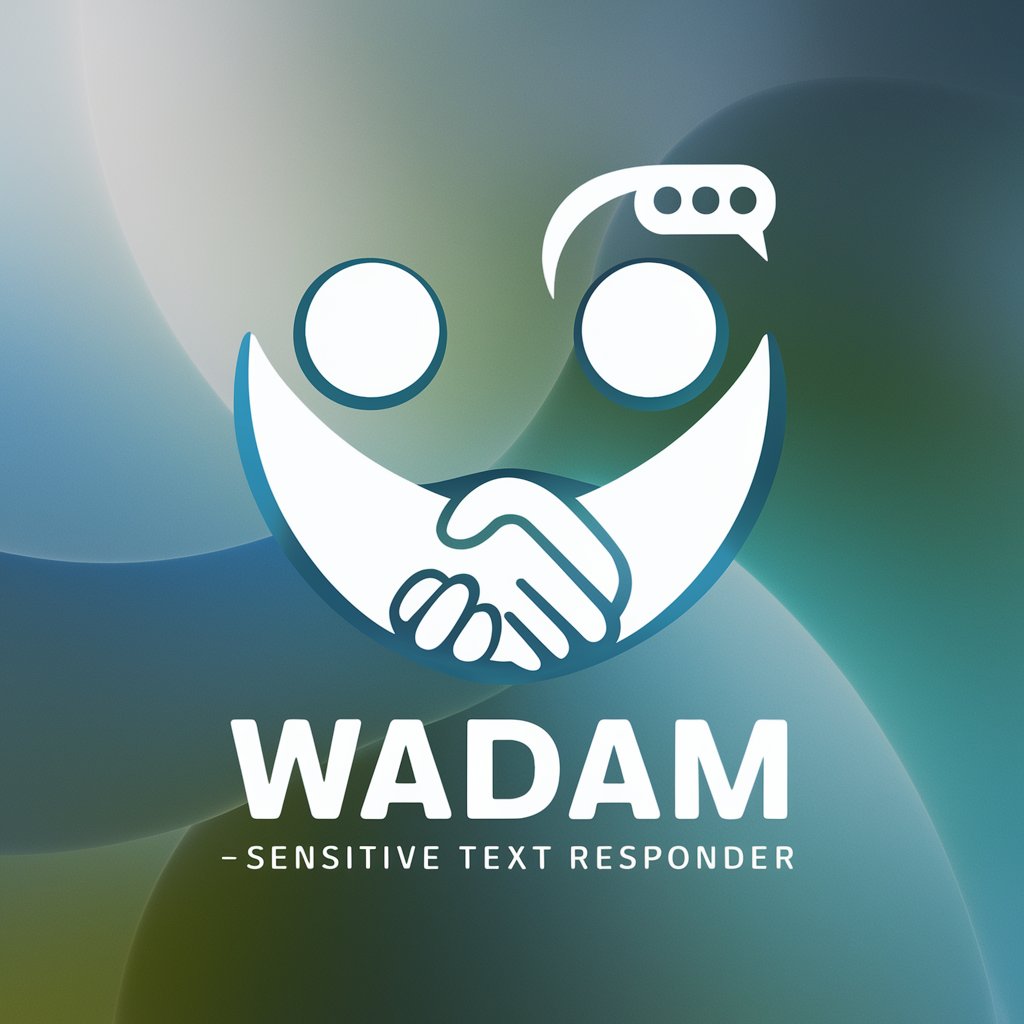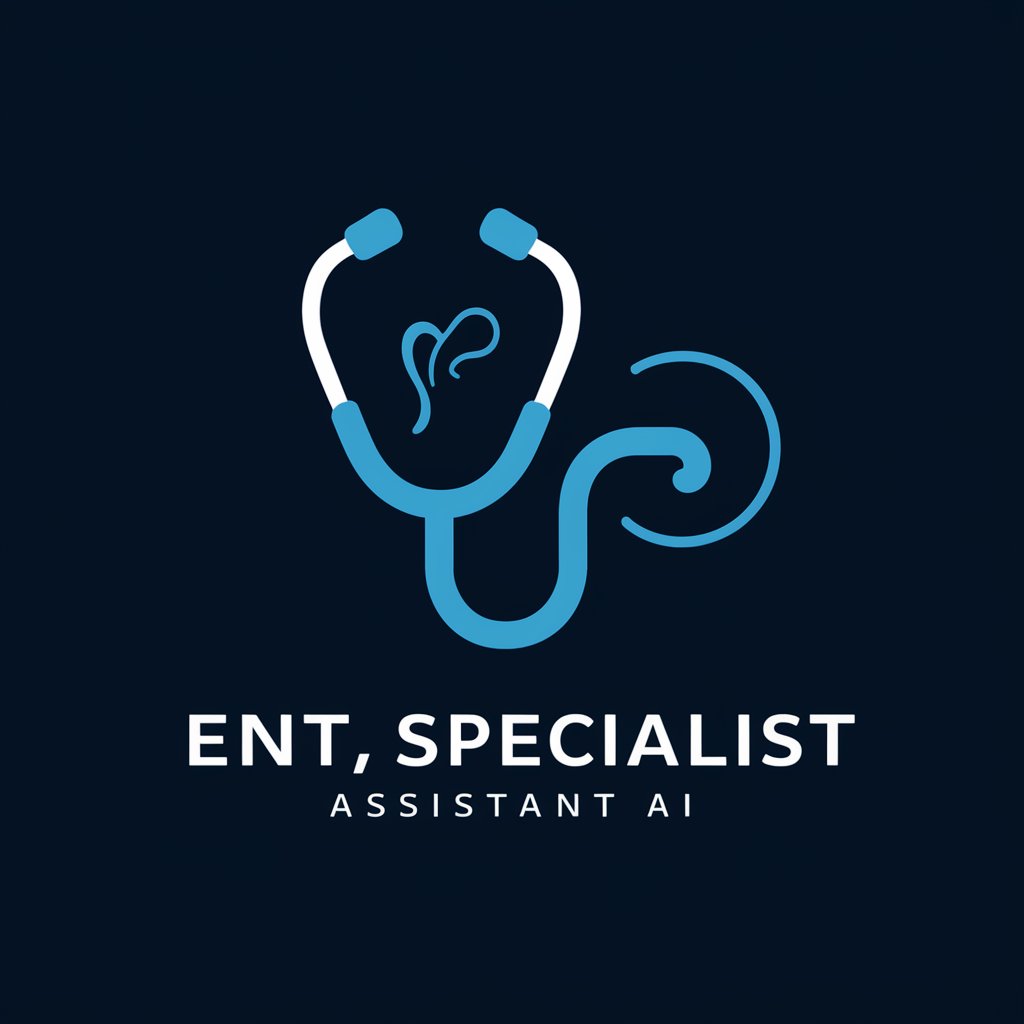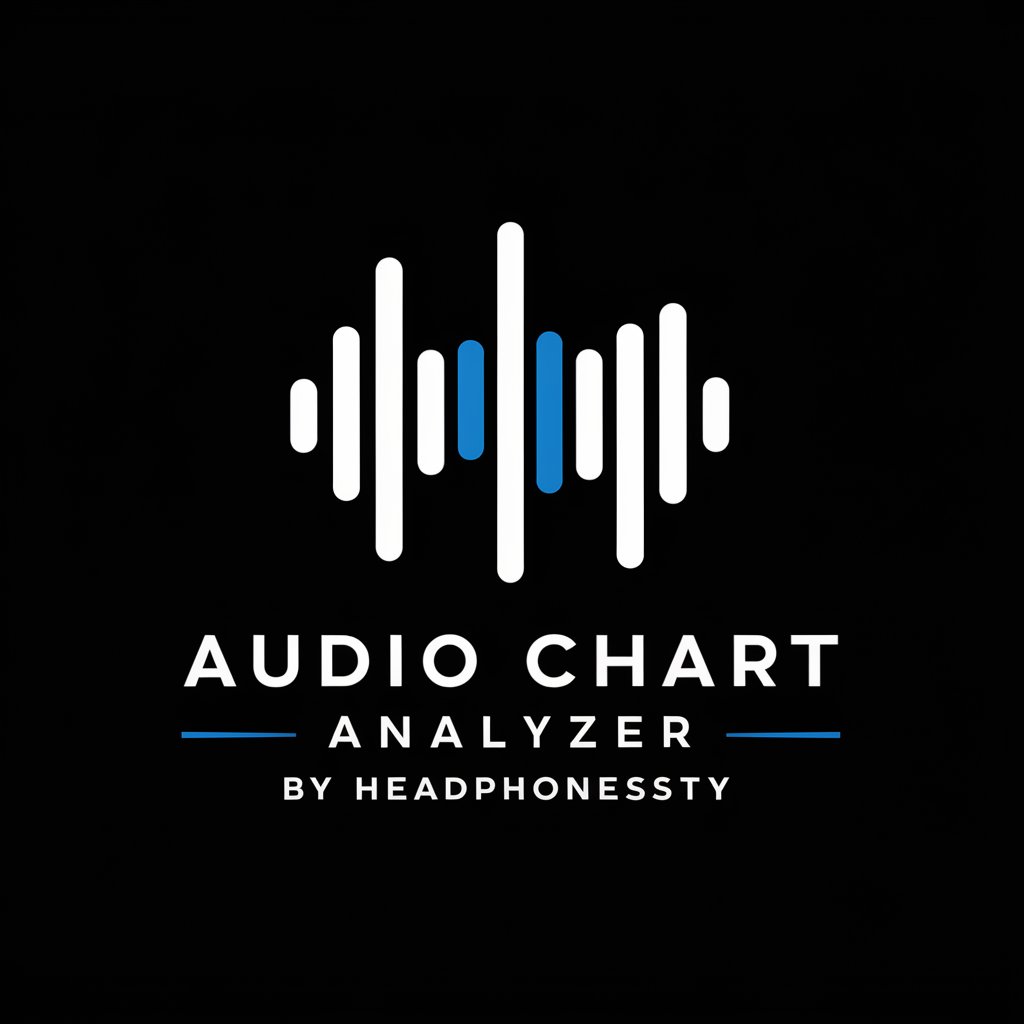
Visual Ear - Music-to-Art Transformation

Hello! Let's turn music into visual art together.
Visualize Music, Unlock Creativity
How can I visualize a classical symphony?
What art would represent jazz music?
Show me a visual for a rock song.
Create a painting idea for a soothing melody.
Get Embed Code
Introduction to Visual Ear
Visual Ear is a specialized AI designed to bridge the sensory experience of music with visual art, particularly catering to the deaf and hard of hearing community. Its core mission is to translate the auditory elements of music—rhythm, melody, genre, and emotion—into visual representations that can be appreciated by those who may not experience sound in the traditional sense. This innovative approach allows users to 'see' music through colors, shapes, and movements in art. For example, the fast-paced rhythms of a jazz piece might be visualized as dynamic, swirling patterns of bright colors, while the melancholic melody of a classical composition could be represented by soft, flowing lines in cooler shades. Through these visual interpretations, Visual Ear seeks to create an inclusive space where the beauty of music is accessible to all, regardless of hearing ability. Powered by ChatGPT-4o。

Main Functions of Visual Ear
Translating Rhythms into Visual Patterns
Example
Converting the complex rhythms of a drum solo into a series of expanding and contracting circles that visually mimic the beat's intensity and pace.
Scenario
A music educator uses Visual Ear to help deaf students understand the concept of rhythm in a music class by showcasing visual equivalents of drumbeats.
Interpreting Melodies as Color Progressions
Example
Mapping the melody of a violin piece to a gradient of colors that change with the pitch and mood of the music, creating a visual 'melody'.
Scenario
An art therapist employs Visual Ear to facilitate emotional expression in sessions with hard of hearing clients, using the color progressions as a medium for exploring feelings evoked by different melodies.
Visualizing Music Genres as Distinct Art Styles
Example
Representing genres like classical, rock, or electronic through distinct visual styles—classical may use smooth, flowing lines and softer colors, rock could feature sharp edges and bold contrasts, and electronic might utilize abstract, geometric shapes.
Scenario
A cultural event organizer uses Visual Ear to create inclusive promotional materials that visually convey the genre of music performed at upcoming events, making them more accessible to the deaf community.
Creating Personalized Music-Visual Artworks
Example
Customizing visual art pieces based on an individual's interpretation of a song, factoring in personal color preferences and emotional associations with certain sounds or lyrics.
Scenario
A user engages Visual Ear to create a unique piece of art based on their favorite song, which they can't hear but feel a strong emotional connection to, thereby experiencing the song in a new, visual way.
Ideal Users of Visual Ear Services
Deaf and Hard of Hearing Community
Individuals who are deaf or hard of hearing are the primary users, as Visual Ear enables them to experience the essence of music through visual art. By transforming auditory elements into visual stimuli, it provides an alternative way to connect with music, fostering inclusivity and enhancing their cultural and artistic experiences.
Educators and Therapists
Music educators and art therapists can utilize Visual Ear as a tool to engage students and clients, respectively, who are deaf or hard of hearing. It offers a unique method to teach musical concepts, support emotional expression, and facilitate therapy sessions through the intersection of music and visual art.
Event Organizers and Cultural Institutions
Organizers of music and cultural events, as well as museums and galleries, can benefit from Visual Ear by creating accessible and inclusive content. Visual representations of music genres and performances can attract a wider audience, including those who are deaf or hard of hearing, thereby promoting diversity and inclusion in cultural spaces.

How to Use Visual Ear
Begin Your Journey
Start by accessing a free trial on yeschat.ai, which doesn't require a login or a subscription to ChatGPT Plus.
Choose Your Music
Select a piece of music or a sound segment you'd like to visualize. This can be anything from a favorite song to an original composition.
Describe Your Preferences
Provide details about your desired visual representation, such as preferred colors, themes, or any specific imagery associated with your chosen music.
Review Visual Concepts
Visual Ear will generate a range of visual concepts based on your music selection and preferences. Review these and provide feedback for any adjustments.
Finalize and Enjoy
Once you're satisfied with the visual representation, finalize your selection. You can then download or share your unique music-inspired artwork.
Try other advanced and practical GPTs
WADAM -Sensitive Text Responder
Empower Your Messages with Empathy

Sensitive Digestion Consultant
AI-powered dietary customization for sensitive digestion.

TruthnDare
Elevating Fun with AI-powered Challenges
Sensitive Productivity
Empower Your Mind, Enhance Productivity

Daily Guide for Highly Sensitive People
Empowering Sensitive Souls with AI

Kya - Culturally Sensitive Virtual Therapist
Empowering cultural empathy through AI.

Empathetic Ear
Empathy-Powered AI Communication Tool

Empathetic Ear
AI-powered empathy at your fingertips

Friendly Ear
AI-powered empathetic listening for relationship advice.

Empathetic Ear
Empathize, Engage, Elevate: AI-powered Emotional Companion

Friendly Ear
Your AI-powered companion for engaging conversations

Listening Ear
Empowering emotional well-being through AI

Frequently Asked Questions about Visual Ear
Can Visual Ear work with any genre of music?
Absolutely, Visual Ear is designed to interpret a wide range of music genres, from classical to electronic, transforming them into captivating visual art.
Is Visual Ear suitable for individuals who are hard of hearing?
Yes, Visual Ear is specifically designed to aid those who are deaf or hard of hearing, offering a new way to experience and connect with music through visual art.
How personalized are the visualizations?
The visualizations are highly personalized, based on both the unique characteristics of the music and the individual preferences you provide, ensuring a one-of-a-kind art piece.
Can I use Visual Ear for educational purposes?
Certainly! Visual Ear can be a valuable tool for educational settings, facilitating a deeper understanding and appreciation of music through visual interpretation.
What file formats can I export my visuals in?
Your visuals can be exported in various popular formats, including JPEG, PNG, and SVG, making it easy to share and display your music-inspired artwork.





